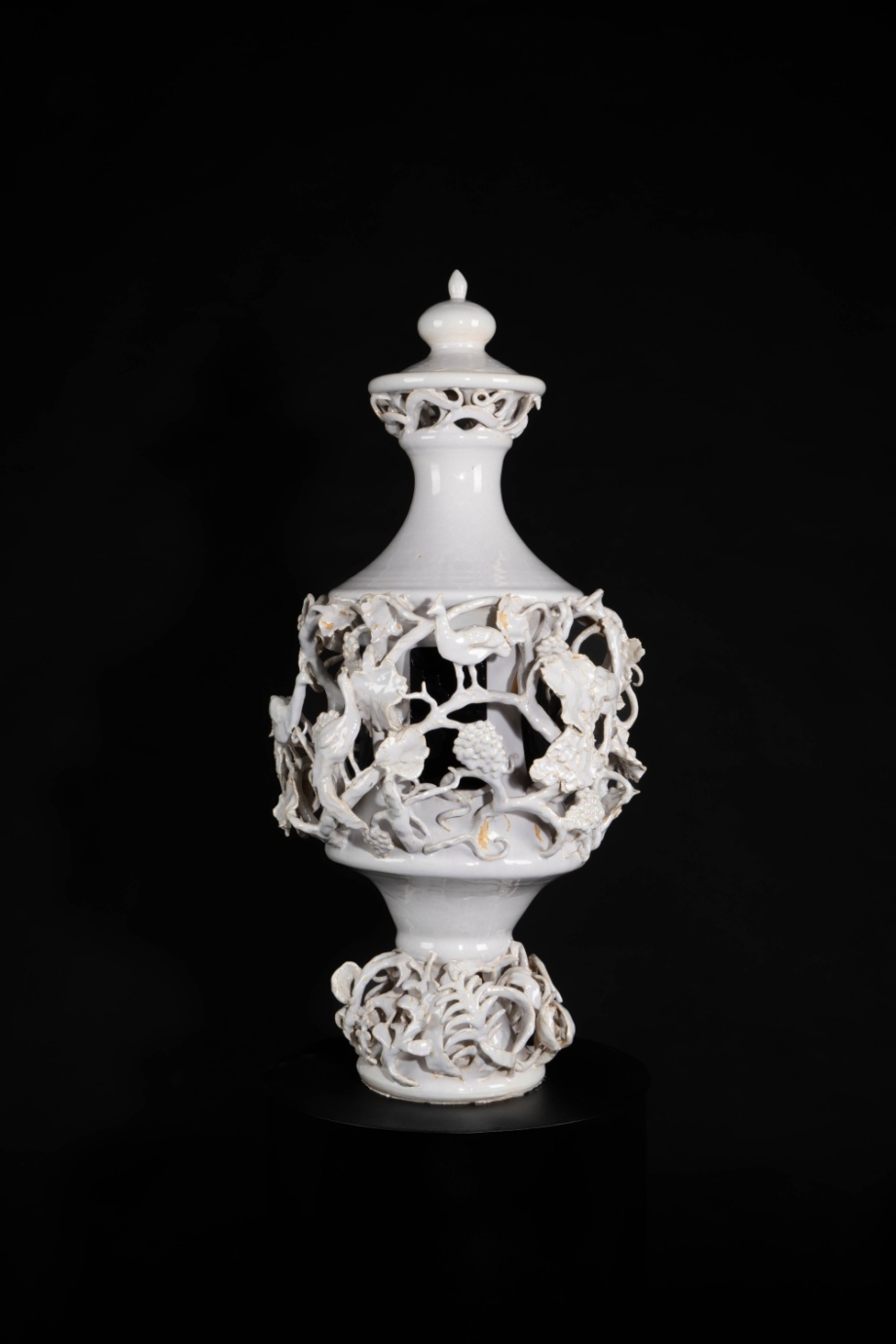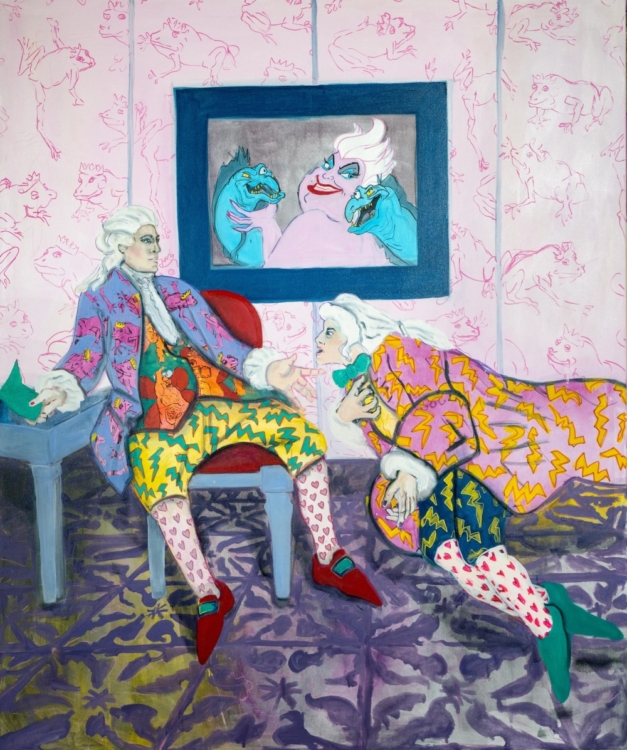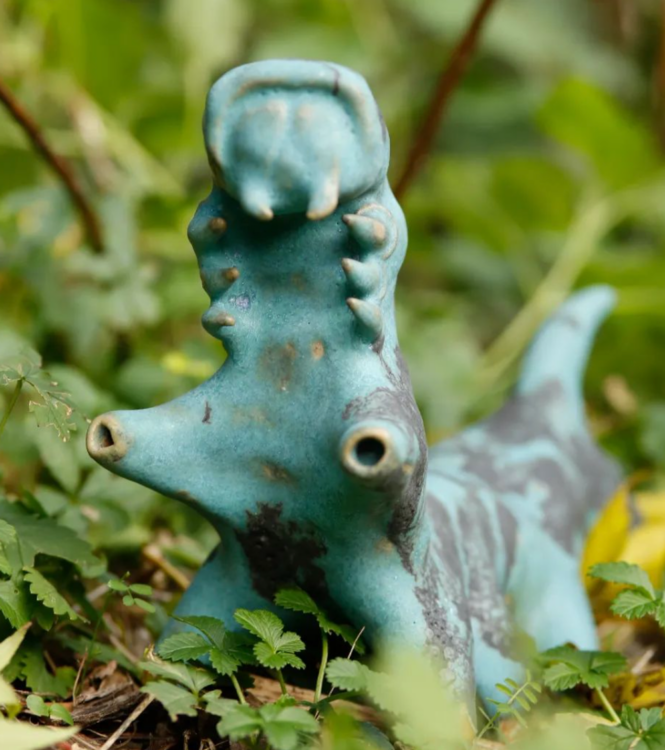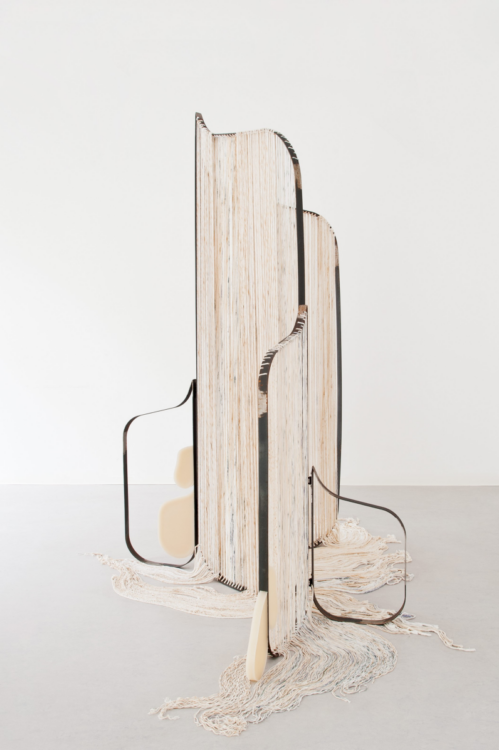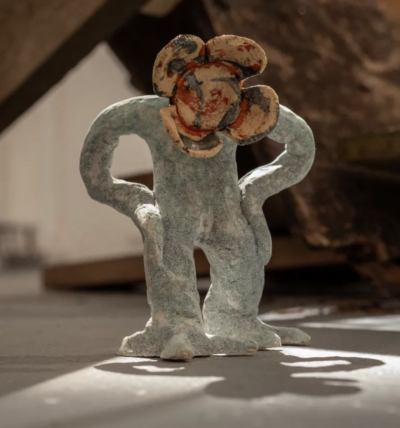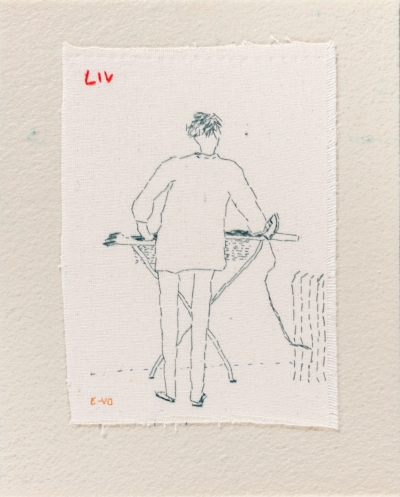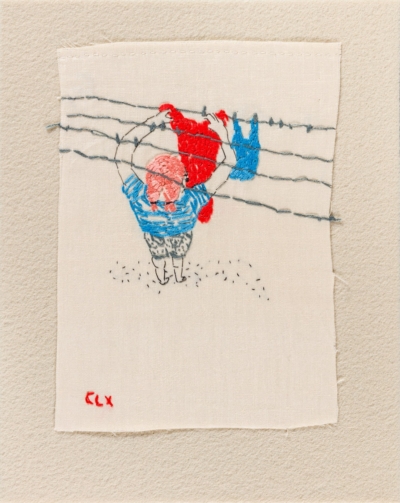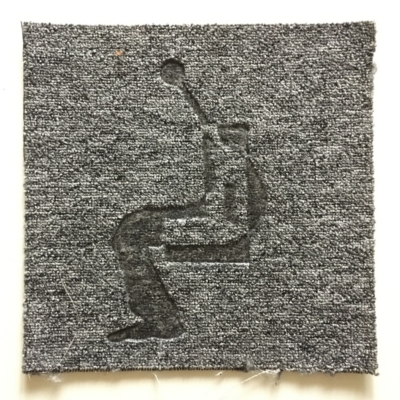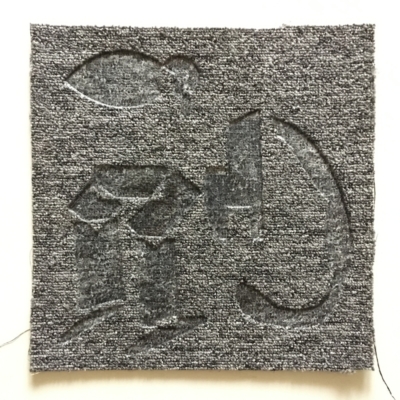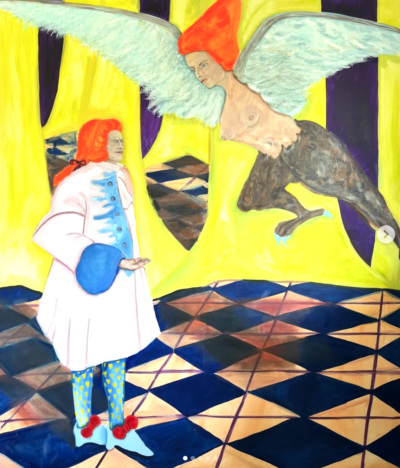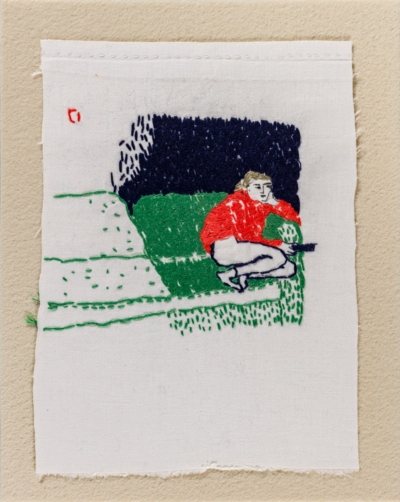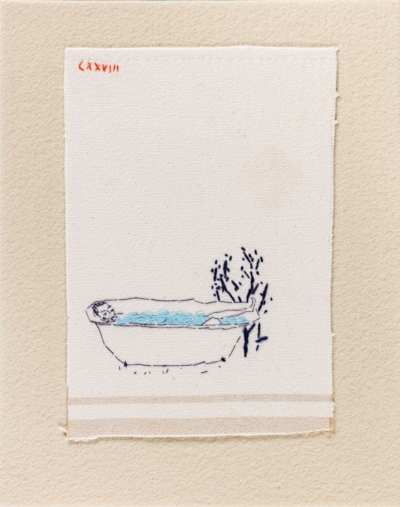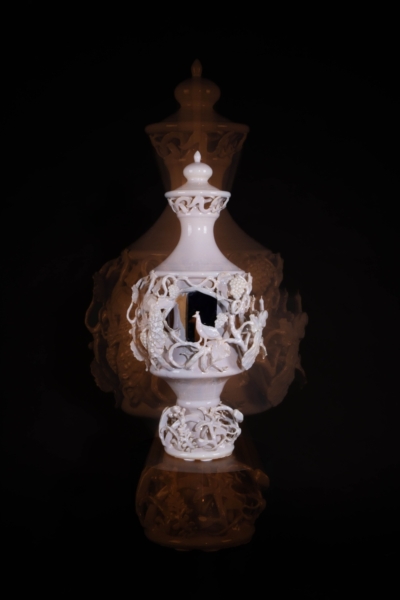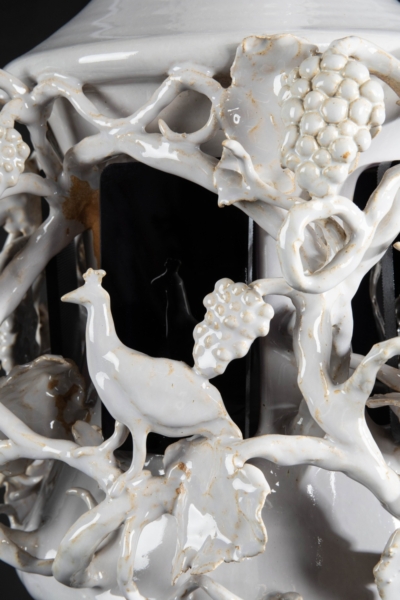The Palace of (Leisure) Time 4. 4. 2025 – 29. 10. 2025
Curators: Karla Hlaváčková, Veronika Čechová
A working person usually spends eight hours a day, five days a week at their job. Some of us find fulfilment in our work and find our identities through it, while others simply work to secure an income that covers their living costs and allows them to spend their free time in a satisfying way. Much like a worker on the assembly line, urban society that earns its living through office work, finds itself in a situation where the result of its work is only one stage in the ‘production’ process. Ever since the beginning of the industrial age, society has been addressing the problems associated with the need to regenerate workers so that they not only relax but also satisfy their social and cultural needs and engage in physical activity.
But who can afford to spend their leisure time satisfactorily when leisure time is also becoming a market commodity—a time for consuming services? Do we know how to spend our leisure time idly? Or are we also motivated in our leisure time to produce something, learn something, get as much done as possible, shop, exercise in order to be beautiful and healthy? Leisure time is supposed to be a time we can fill as we choose. But this freedom presupposes a certain courage and the ability to choose between a plethora of options, which for some leads to a fear of wasted time, a fear of missing out, when in reality they just want to rest after eight hours of work.
Exhibiting artists: Zbyněk Baladrán, Anna-Marie Berdychová, Johana Hnízdilová, Peter Kolárčik, Eliška Konečná, Monika Kučerová, Judita Levitnerová, Františka Malasková, pingpongping (Anna Vašičková, Hana Kubrichtová, David Stejskal), Nicolas Prokop, Roman Štětina, Eva Volfová, Barbora Zentková & Julia Gryboś, Tereza Zichová
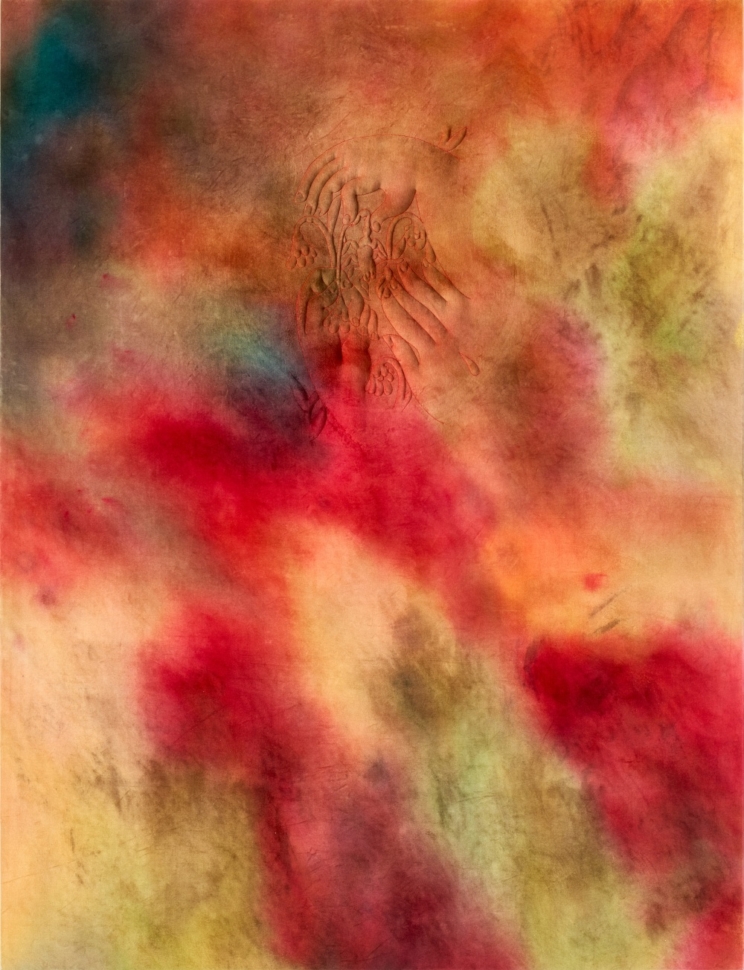
The exhibition The Palace Of (Leisure) Time will focus on the theme of spending free time in the context of a baroque palace, which, at the time of its construction, functioned as a summer palace, a summer residence whose lounges, gardens, hunting grounds and vineyards offered its owners a variety of opportunities to enjoy leisure time. The contrasts that the exhibition would like to highlight are due to the nature of the structure of Troja Château and its gardens.
This brings us to the questions of who can afford to spend their leisure time today and who can afford to spend it satisfactorily, what are the current trends in leisure time and do we spend it relaxing or are we are all still driven to perform even during moments that are not devoted to the activities that secure our livelihoods. The theme of leisure thus invites a selection of works that relate to this notion through the nature of their medium: handicrafts, textiles and ceramics, or thematically – the democratisation of leisure, the emergence of leisure in the context of industrialisation, the emptiness of work activity, and the critique of a performance-oriented society.

